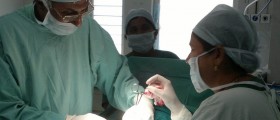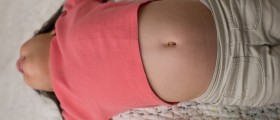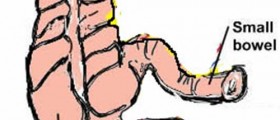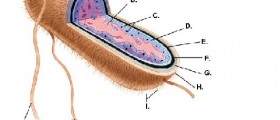
A belly button hernia, or more precisely, umbilical hernia, is a condition that is often congenital, although it has been seen developing in adults as well. It is usually diagnosed very early, when the child is still an infant. This condition is more common in children of African descent.
About belly button hernia
This type of abdominal hernia occurs when the intestines push against the abdominal wall, behind the navel, causing a bulge. The belly button is particularly prone to herniation because of the way the body develops in young babies, and because the very nature of the belly button. Sometimes the abdominal wall does not form completely in the phases of fetal development, and it does not close properly, causing the intestines to push against it.
In some cases the hernia is visible only during a strain like, when the baby cries, but when the baby is relaxed the belly button subsides back in.
Unlike other types of hernia, belly button hernia often goes away on its own, during the first year, or in most cases, by the age of four. After this point, if it persists, it requires medical attention.
Several complications are linked to belly button hernia, like strangulation, in which the blood flow to the herniated parts of the intestines is shut off, causing tissue death.
In adults whose belly button hernia has not resolved on its own, the bulge usually appears as a result of strain and tension.
Surgical options for belly button hernia
Belly button hernia is a common condition, that can go away on its own, but if it persists, there is a great chance of complications, which is why most doctors recommend removing it surgically, especially because the risk of complications increases over time.
During the surgery, an opening is made in the abdomen, using a scalpel, the ernia is then separated and removed. Then the surgeon either stitches the wall so it is properly closed, or uses a mesh and stitches it to the abdominal wall. The mesh piece is used only, in cases, where doctors suspect that the hernia might reoccur. The procedure is simple and safe, and it is done under general anesthesia.
The recovery period lasts only a few days, but the patient, is advised to avoid the strain and intense physical activities until the wound is completely healed.

















Your thoughts on this
Loading...